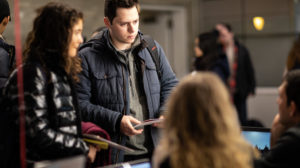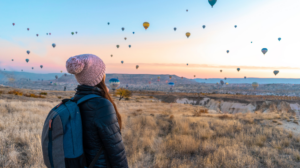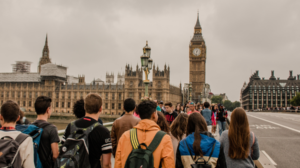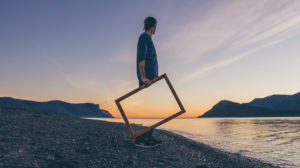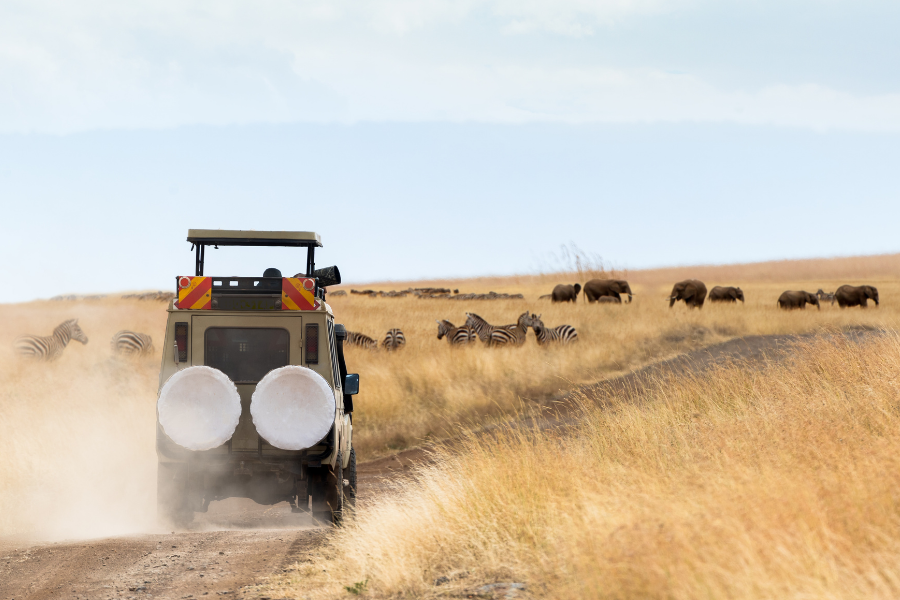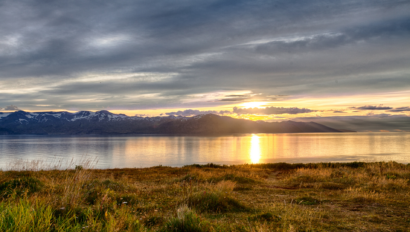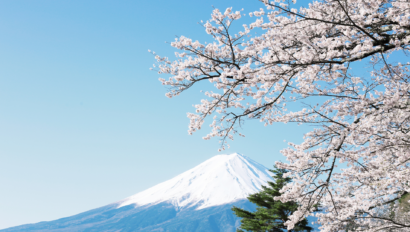After traveling to Tanzania’s largest city and taking a ferry to the tropical island of Zanzibar, the last stop for our climate dialogue is the cool arid mountains of the game parks in the north. This region was the muse for the Lion King, is home to Mount Kilimanjaro, and contains some of the oldest fossils of our ancient ancestors.
Taking a domestic flight from Zanzibar we land in Arusha. Leaving the plane we put on our jackets to cope with the temperature and head to our lodging. We prepare, along with many other visitors, to enter the national parks. Some tourists are getting ready to leave to climb Kilimanjaro and others are gearing up for a quick game drive. Our dialogue is preparing for a grand 8-day safari tour around the majority of the parks northern Tanzania has to offer. As I sit now in my camp in the Serengeti, midway through our excursion, I’ve decided to outline a list of things you’ll need to accomplish this endeavor.
A Good Guide
The most important thing to have with you on Safari is your guide. One of our guides has been doing tours of the parks for 30 years. They not only are expert navigators through the parks, but are expert naturalists. They can tell you all about the species you are viewing and drive to locations where you can see the animals you are most interested in seeing. The guide also makes sure you are safe at all times. There was one time we were eating lunch outside the vehicle and our guide was able to spot a lion from hundreds of feet away and recommended we get back in the car (a recommendation I was okay with).
Safari Car
Your Safari car is your lifeline on Safari. It is designed to be taken off-road, important for the rough terrain of the park’s roads. Most cars also have a roof to pop open for easier viewing. Our car also has been housing all of our belongings and cooling waters to keep us hydrated. Because at most parks you are not allowed to leave your vehicle, our car has also become a second home. Spending long days viewing, napping and eating meals all while in the car.
Light-Colored Clothing
As you drive through the Serengeti and Tarangire National Park you’ll notice blue and black flags hanging in trees. These aren’t for decoration but rather to intentionally attract Tse Tse flies. These flies are attracted to dark colors and these flags keep them from unwanted locations. Wearing dark colors therefore will attract these flies as we observed driving through a swarm of them.
A Good Camera
I am not a great photographer nor do I own a nice camera, however, pictures off of my iPhone truly cannot capture the beauty of the landscapes of the parks nor the animals that inhabit the parks. Being able to zoom in to capture the wrinkles of the elephants or the ornate detail of the zebra’s stripes is certainly something you will want to take back to show family and friends. Ngorongoro crater is one of the most unique landscapes I have seen with verdant cliffs surrounding the dry and grassy isolation of the center of the crater. My iPhone tried its best to capture this majesty but fell horribly short. Bring or borrow a camera if you can!
Binoculars
An obvious accessory to bring along with you on safari, however, an accessory when packing for the dialogue I thought I could do without. Because most of the viewing is from the safety of you Safari car, you will be viewing most animals and plants from great distances. Without binoculars, you may fail to spot some creatures or fail to appreciate the animal’s activities. From borrowing my guide’s binoculars, I was able to spot a leopard bring its prey, a Thomson Gazelle, up to the tree to finish consuming the leopard’s lunch. Viewing the circle of life truly is enabled with binoculars.
Cash
Even in the remote parks of the Serengeti having some cash whether it be Euros, USD or Tanzanian Shillings is namely important for the purchase of the snack of choice, Pringles. The selection of snacks is low, but there is a guarantee that at every small rest area there will be an assortment of every flavor of Pringles for purchase in cash in most denominations. Cash will also get you a much-needed coffee and locally made Maasai jewelry which is about as available as the Pringle supplies.
Warm Layers
One of the most interesting things about visiting the parks has been the climate. I was warned about the cold in this region, before leaving but could not imagine being this close to the equator and feeling like I was in Boston in the fall. At night around the parks, temperatures can get down to 50 degrees F. Having layers of warm clothes to sleep in as well as warm clothes for the mornings is really important. I brought one sweater and have been wearing it religiously at night. My disbelief about the climate aside, I have no complaints about the weather and it certainly beats the humid climate of the other regions of Tanzania we have visited.
Assigned Dialogue Readings
Seeing the animals and the landscapes on Safari is fun and all, but being in the Safari car presents time to keep up with the required readings we have for our course. The key to reading on Safari is to wait for a flat road. Some of the terrain may not be suitable for trying to hold your book still enough to read a line. Keep your book near your seat and read in between animal viewing or traveling in and out of parks!
Sun Hat with Straps
High UV indexes and glare can make having a full sun hat or a ball cap essential on Safari. A hat can also control your hair as you stick your head out of the roof and into the wind. This same wind also makes having a hat with a strap important. A few of us have already have already lost our hats to the wind and now the hats are hopefully being put to good use with the lions.
Plant and Animal Identification Book
Something I kept borrowing from our guide was a book on different animals and plants we were viewing. Having this book is something I wish had with me to greater contextualize the species I was looking at and greater understand how the animals lived. For example, I noticed pairs of zebras side by side putting their necks on each other as if they were distributing their own “zebra hugs.” Upon reading, I learned doing this was a form of surveillance ensuring there were no blind spots remaining for predators to get an easy kill.

